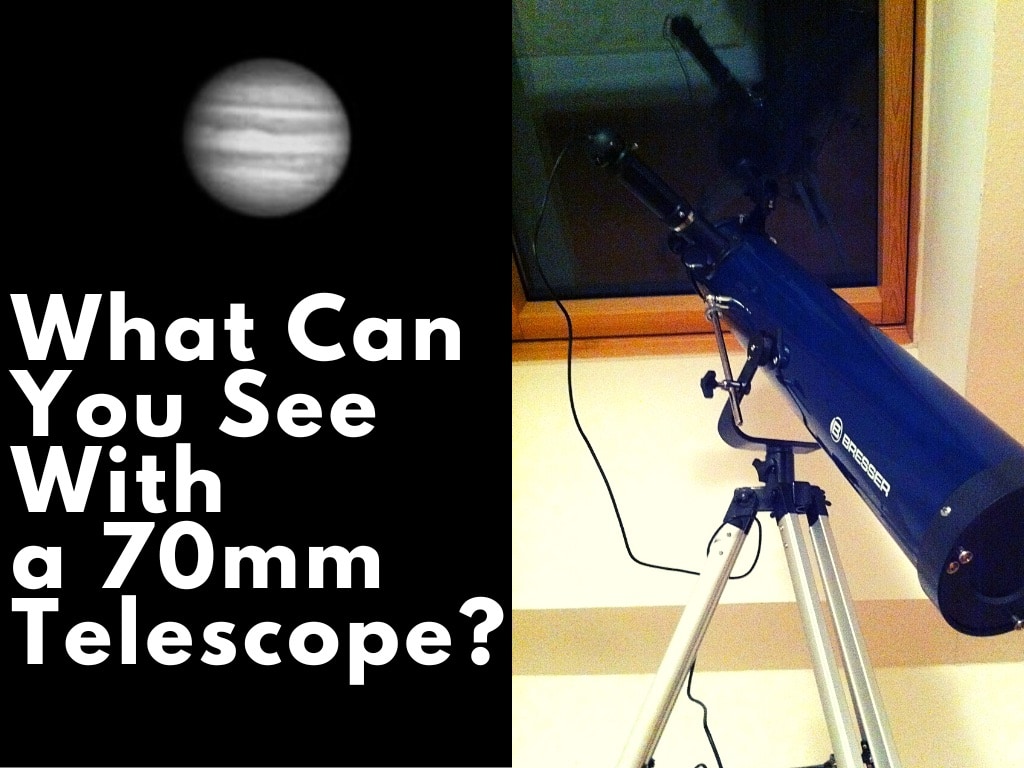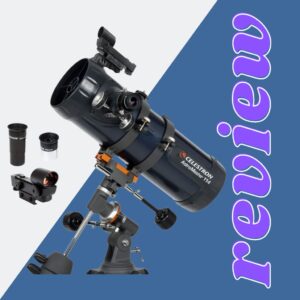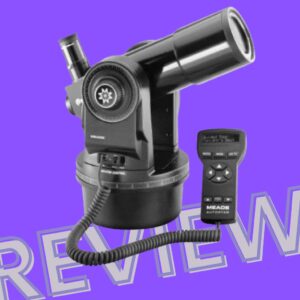This site contains affiliate links to products. I may receive a commission for purchases made through these links.
You can see a lot of objects in the sky with a 70mm telescope. The 70mm telescope is best for observing the moon craters and moon terrain features, as well as looking at the biggest planets in our solar system like Jupiter or Saturn. You can also see some galaxies and nebulas with a 70mm telescope.
Whether you’re a newcomer to stargazing or a seasoned observer, the 70mm telescope offers a compelling opportunity to connect with the cosmos and marvel at its boundless beauty. Let’s dive deeper into the capabilities of a 70mm telescope.
Can I see the rings of Saturn with a 70mm telescope?
Yes, you can see the Saturn rings with the 70mm telescope. Looking at Saturn is breathtaking with any telescope and even with some powerful binoculars. Saturn has the most prominent rings of all the planets in the solar system, so they are easy to see with the telescope.
How big the Saturn is in the eyepiece depends on the magnification, but more about that later in this article. When I had my 70mm telescope, I made a picture of Saturn with a simple webcam attached to the telescope. It will give you an idea of what you can expect.
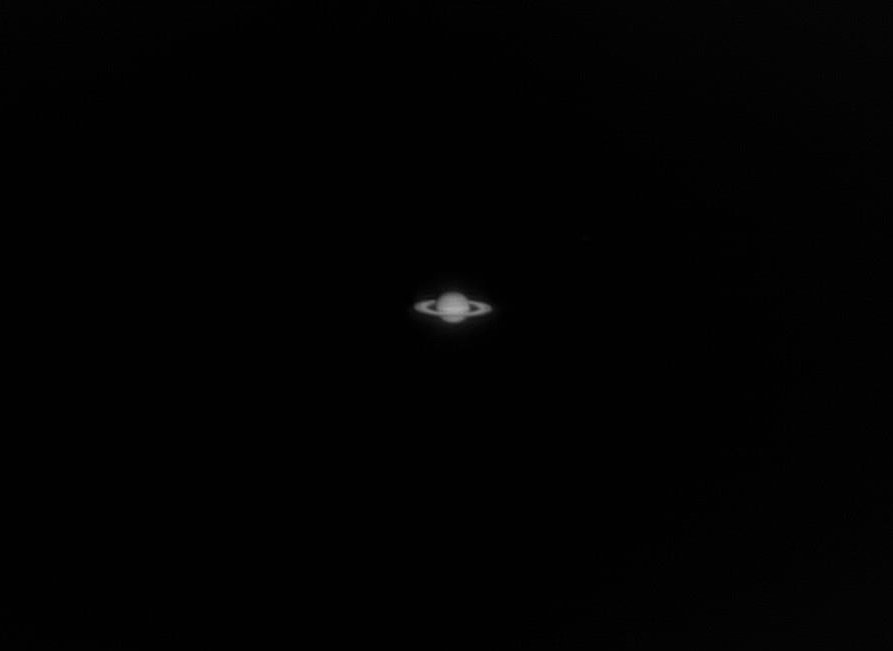
Can I see Jupiter with a 70mm telescope?
Jupiter is the largest planet in our solar system, and you can see it with the naked eye in the night sky. It is only o dot, but with the 70mm telescope, you can see many details of Jupiter.
You will be able to see the parallel zonal bands on the surface, and if you are lucky, you can see the Great Red Spot. The red spot is a high-pressure region in the atmosphere, and it is the most extensive storm in the solar system.
The 70 mm telescope will also reveal the brightest moons of Jupiter: Io, Europa, Ganymede, and Callisto. You can see them around Jupiter as bright spots like stars.
Jupiter and Saturn are a must to see through the telescope.
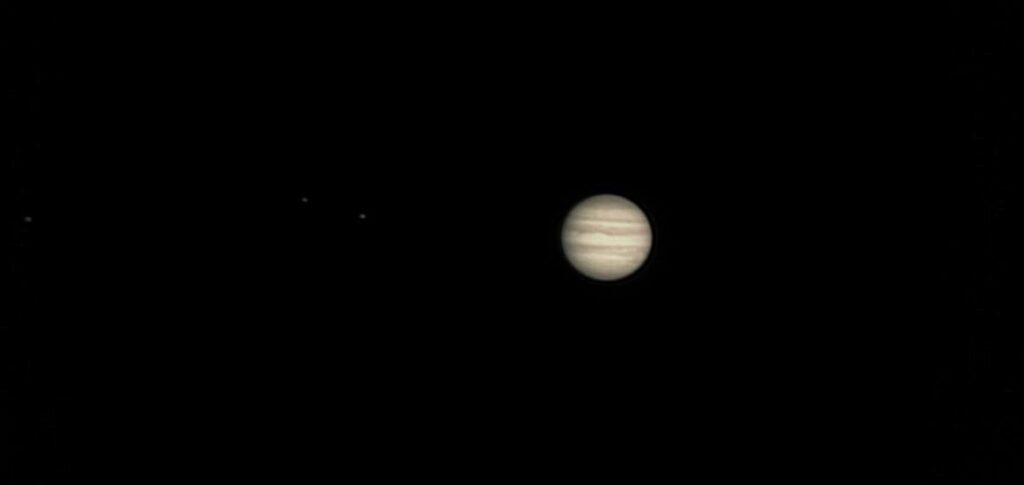
Can you see Mars with a 70mm telescope?
Mars is also visible by the naked eye like a little reddish dot in the night sky. With the 70mm telescope, you will see it as a small orange disk.
Details on Mars, like the surface features or the ice cap, can also be visible, but this depends on the circumstances on the planet. The ice cap is visible only through the polar winter on Mars.
The surface features are not visible during the giant dust storm covering the whole planet. But to see any details on Mars with the 70mm telescope, you will need perfect seeing conditions.
It is also a good idea to plan the observation when Mars is closest to the Earth, which is every 780 days, or about every two years.
Can I see galaxies and nebula with a 70mm telescope?
You will be able to see some bright galaxies and nebula. The Andromeda galaxy is the brightest and biggest in the sky easily visible with the 70mm telescope.
The nicest nebula you can see is the famous M42 Orion Nebula in the constellation of Orion.
You can also spot some big and bright star clusters like M13 Hercules Cluster or the amazing M45 Pleiades.
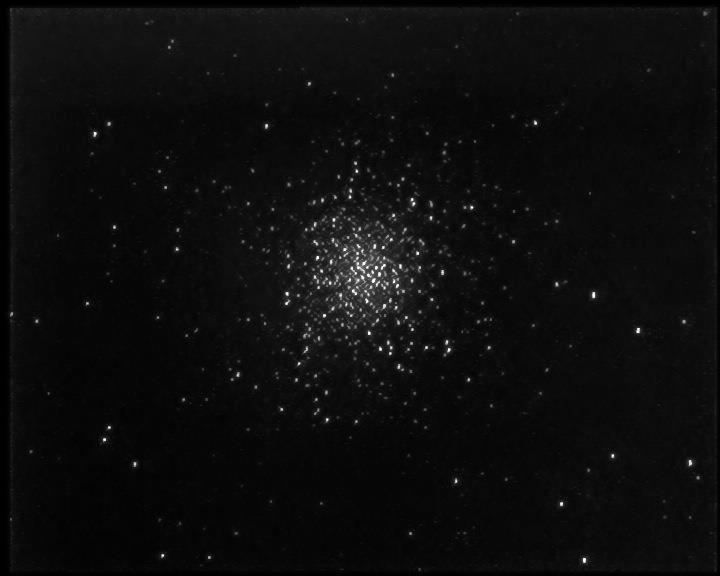
Can you see the Moon with a 70mm telescope?
The moon is probably the best object to observe with the 70mm telescope. It is fun to look at it through binoculars, but with the telescope, it will be a different experience.
You can look at the craters and surface features which are stunning through the telescope. The best time to observe the moon with the telescope is when it is not in the full moon phase.
The full moon has no shadows, and we need them to see the details on the surface. The full moon is just a flat bright disk which is not ideal for observations.
Is a 70 mm aperture good for a telescope?
The aperture of the telescope is the diameter of the lens or the mirror of the telescope.
A 70mm aperture proves to be a suitable starting point for beginners in the field of astronomy. It’s not advisable to begin with a smaller aperture, as the aperture size significantly influences the quantity and detail of celestial objects visible in the sky. In essence, a larger aperture translates to a broader and more detailed view of celestial wonders through the telescope.
How powerful is a 70 mm telescope?
The aperture is also related to the magnification of the telescope. The size of the aperture will give you the maximum useful magnification you can use when observing the night sky.
The maximum useful magnification you can get with the 70mm telescope is 140x. This is more than enough for basic astronomy. You can calculate the maximum magnification for the telescope very easily: it is 50 times the aperture in inches or twice the aperture in millimeters. In this case, 70×2=140x maximum magnification.
If you go over that, the image will become blurry and dim. So don’t believe the statements on the boxes of some telescopes claiming 1000x magnification. It is not possible with 70mm and not even with a 200mm aperture.
If you want to learn more about telescope magnification, check my article: What Magnification Do You Need To See Planets? or How To Increase The Magnification Of a Telescope.
Should you buy a refractor or reflector 70mm telescope?
There are two main types of telescopes: the refractor and the reflector. I went deeper to explain the difference in my article: Refractor vs. Reflector Telescope.
But in a nutshell, the reflecting telescope is using mirrors to produce the image, and the refracting telescope is using lenses. Reflectors are usually much cheaper than refractors.
My first 70mm telescope was a reflector with mirrors. But I also had some refractors with lenses. What I recommend is to go for the reflector with mirrors. It is cheaper, and compared to a refractor with lenses in the same price category, it will give you much better image quality.
Keep in mind that it is more expensive to make a good lens than a good mirror for the telescope.
Which 70mm telescope is worth buying?
The 70mm reflector I recommend is: Celestron – AstroMaster LT 76AZ Newtonian Telescope
This is almost the same telescope I had as my first scope. It is a reflector with a 76mm mirror. Celestron is a well-known telescope brand so you can’t go wrong here.
The focal length is 700mm, which is important for calculating the magnification. You will get two eyepieces in the box. One is 20mm eyepiece, and one is 10mm eyepiece. With these eyepieces, you have two different magnifications.
With the 20mm eyepiece, you will get 35x magnification, and with the 10mm eyepiece, 70x magnification.
You have to use a simple formula to calculate the magnification: divide the focal length (700mm) by the focal length of the eyepiece (20mm and 10mm), which equals 35x and 70x magnification with this telescope.
As you can see, your telescope’s magnification is dictated by its focal length and the eyepiece you are using.
The 70mm refractor I recommend is: Celestron – AstroMaster LT 70AZ Refractor Telescope
This is refracting telescope using lenses, and as you can see, it costs slightly more. This telescope is also from Celestron, so it is of good quality.
It has the same focal length, so the magnification with the 20mm and 10mm eyepiece will also be 35x and 70x.
To sum it up, what telescope you choose really depends on your preference for the appearance of the telescope, because in this price range and size, you will hardly notice any difference between these two in their image quality.
I still recommend the Newtonian reflector.
I hope that you will enjoy astronomy no matter what you choose, and remember, dark skies and the seeing conditions at night are sometimes more important than the telescope itself. Clear skies!
You may also like:

